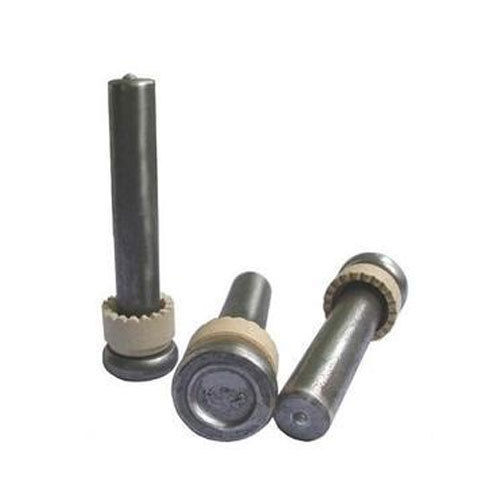Description
SHEAR CONNECTOR (SHEAR STUD)
Shear Connector | Shear studs refer to the installation of steel pins or grommets. That extend out of the top flange of a steel support beam. Normally the shear studs are welded, with a spot welder, but after the metal deck is installed over the supporting structural steel.
Shear connector on the top flanges of the steel girders provide the means to achieve composite action between the slab and the girders. So increasing both stiffness and strength.
Purpose:
The purpose of the shear stud is to provide a structural connection between the poured in place concrete slab and the structural steel. So this structural connection distributes any shear forces that the structure may incur. Without the shear studs in place, there is a slip plane between the concrete slab, the metal deck and the structural steel framework of the project.
The structural engineer will determine, which beams will have the shear studs, so the size of the studs as well as the number of studs to be installed. But are specialized subcontractors that will install the shear studs. And test for the shear studs integrity is simply striking the side of the shear stud with an iron mallet. This will ensure that the stud has been properly welded to the beam, if not, the stud will simply break off at the point of intersection with the steel beam. The stud will have failed due to a shear force.
This article reviews the behavior of the connectors and the design rules for the shear connection in BS EN 1994-2.
- ISO 13918: 2008: 2008 Welding – Studs for arc stud welding, type SD1
- AWS D1.1: 2015 Structural Welding Code – Steel, type B
- AWS D1.5: 2002 Bridge Welding Code, type B
- AS/NZS 1552.2: 2003 Australian/New Zealand Standard – Structural Stud Welding
- BS 5400: 2005 Steel, Concrete and Composite Bridges
- GB/T 10433: 2002 Cheese Head Studs for Arc Stud Welding.
- JIS B 1198-1995 Headed Studs.



Reviews
There are no reviews yet.